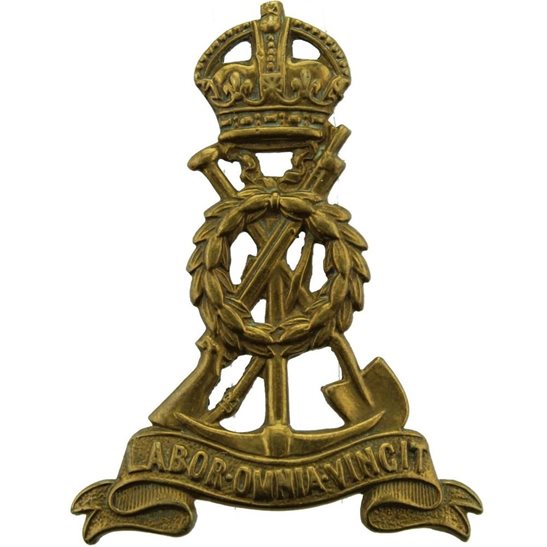Personal Details
Born: 9 November 1891 in Drumgavlin, Co Down, Ireland.
Family: He was the youngest of four children of John Alexander McIlwaine, a domestic servant, and his wife Marianne. It is possible that he had more siblings; we cannot tell as the Census records have been lost. He married Sophia Batho in 1915 in Whitchurch, Shropshire and together they had one child – Bernard H.
Residence: In 1901 he was living with his parents and siblings in Ferry Quarter, Strangford, Co Down. By 1911 he had moved to Whitchurch and was living with his brother Alexander at Hinton Bank Cottage, Whitchurch. In 1939 he lived at Dodington Lodge, Whitchurch.
Employment: In 1939 he was a chauffeur/gardener.
Died: In 1986 in Shrewsbury, Shropshire.
Military Details
Regiment: Labour Corps (previously Cheshire Regiment)
Rank: Corporal
Service Number: 34504 (previously 38932)
Date of Enlistment: Not known
Date of Discharge: Not known
Reason for Discharge: Not known
Rowland was awarded the Campaign Medals (British War Medal, and Victory Medal).

The British War Medal (also known as 'Squeak') was a silver or bronze medal awarded to officers and men of the British and Imperial Forces who either entered a theatre of war or entered service overseas between 5th August 1914 and 11th November 1918 inclusive. This was later extended to services in Russia, Siberia and some other areas in 1919 and 1920. Approximately 6.5 million British War Medals were issued. Approximately 6.4 million of these were the silver versions of this medal. Around 110,000 of a bronze version were issued mainly to Chinese, Maltese and Indian Labour Corps. The front (obv or obverse) of the medal depicts the head of George V. The recipient's service number, rank, name and unit was impressed on the rim.
The Allied Victory Medal (also known as 'Wilfred') was issued by each of the allies. It was decided that each of the allies should each issue their own bronze victory medal with a similar design, similar equivalent wording and identical ribbon. The British medal was designed by W. McMillan. The front depicts a winged classical figure representing victory. Approximately 5.7 million victory medals were issued. Interestingly, eligibility for this medal was more restrictive and not everyone who received the British War Medal ('Squeak') also received the Victory Medal ('Wilfred'). However, in general, all recipients of 'Wilfred' also received 'Squeak' and all recipients of The 1914 Star or The 1914/1915 Star (also known as 'Pip') also received both 'Squeak' and 'Wilfred'. The recipient's service number, rank, name and unit was impressed on the rim.

